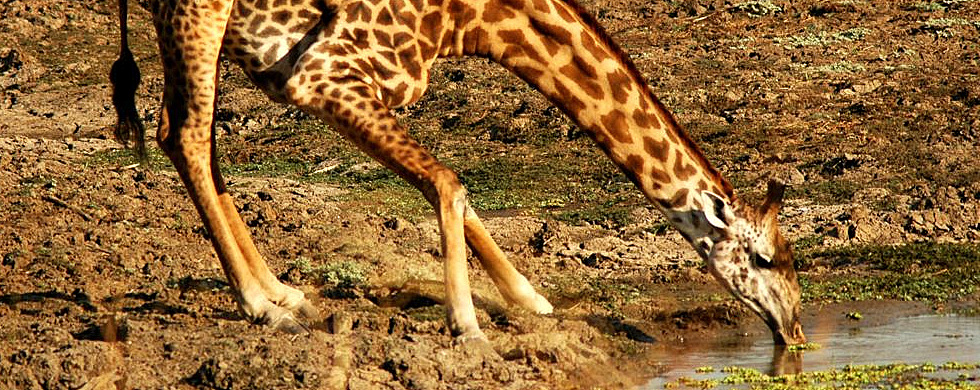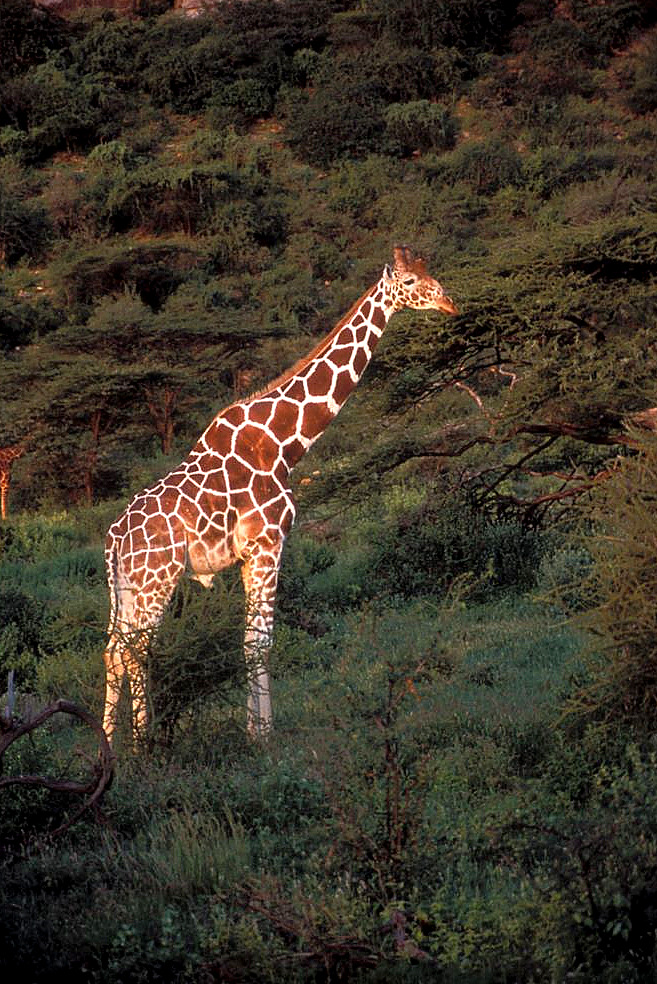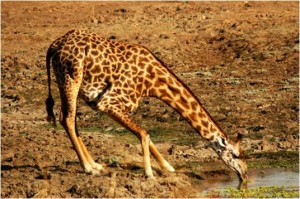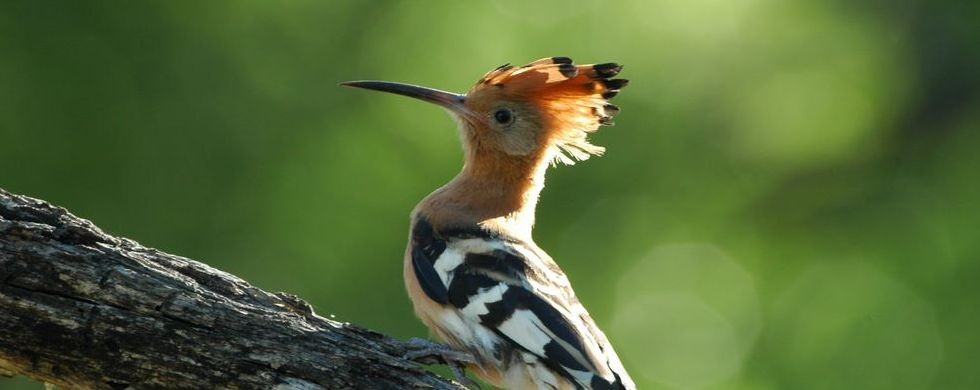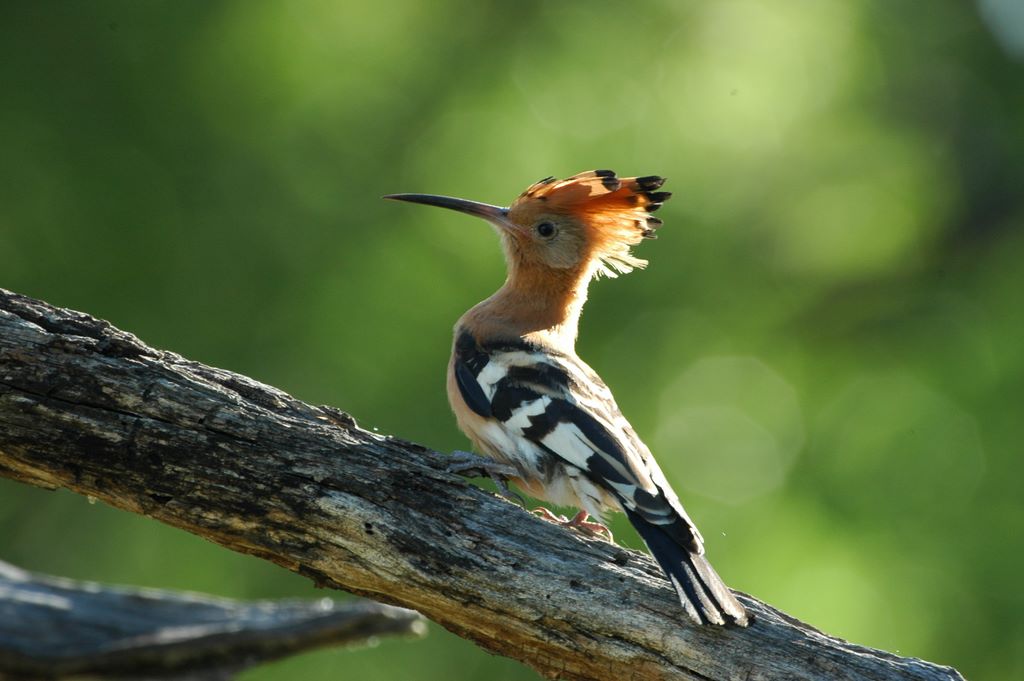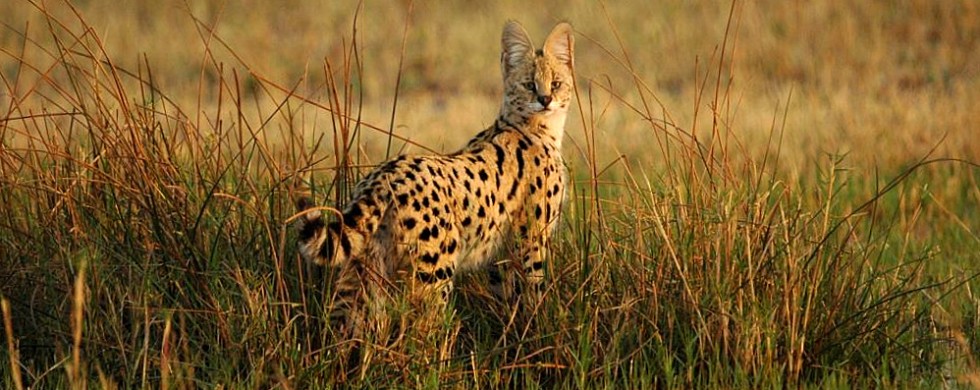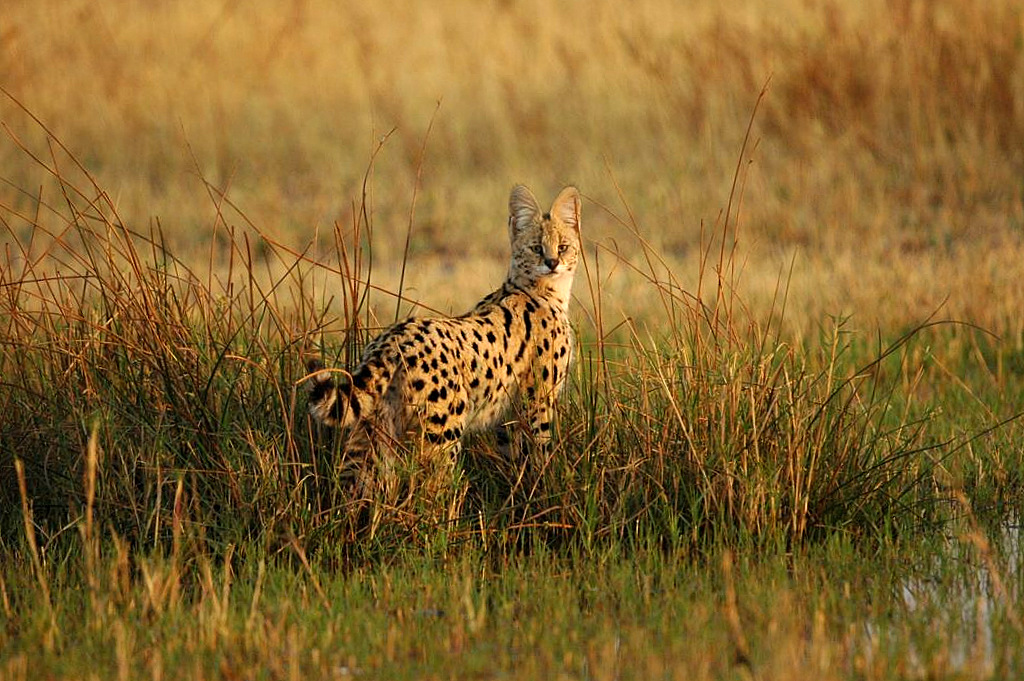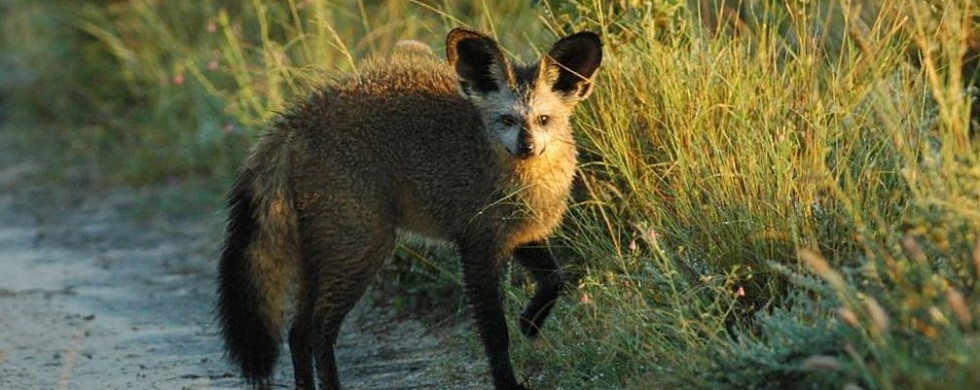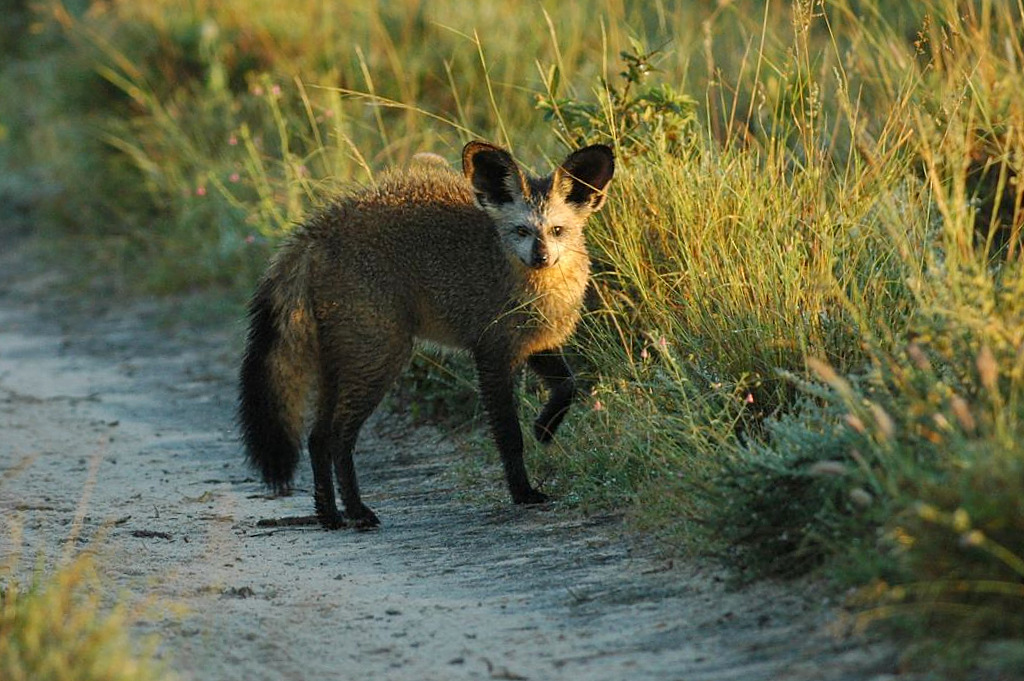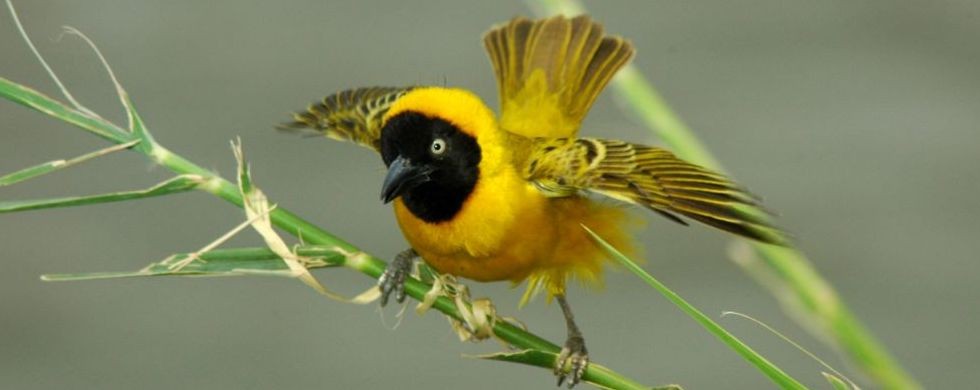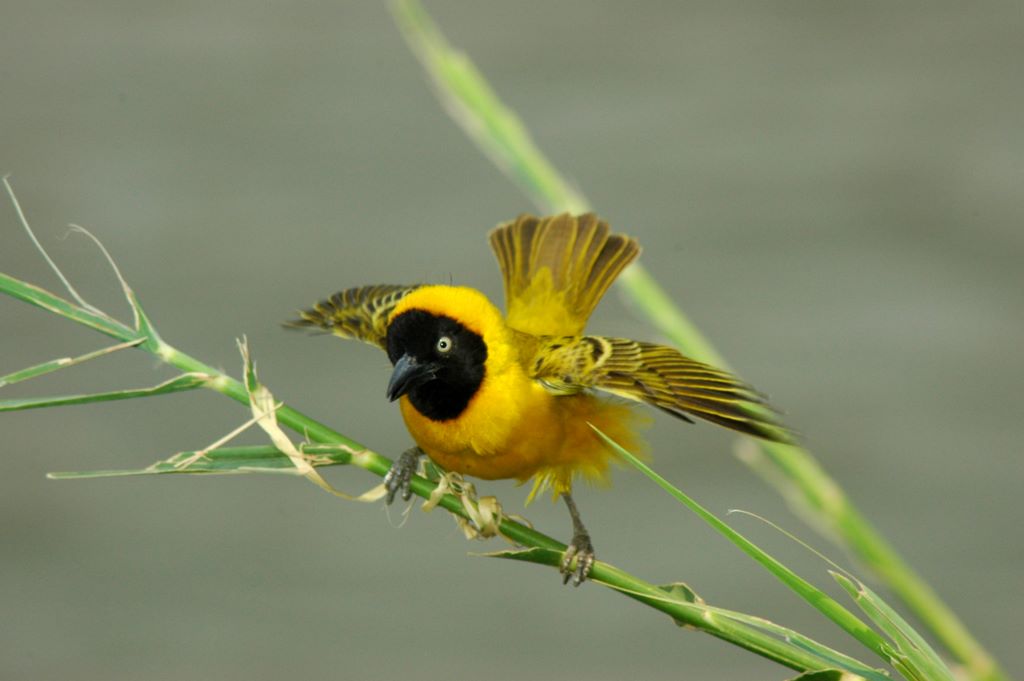15
Shot of the Month – May 2011
Many would look at the image above and say that it was a picture of a giraffe. While this statement would be generally correct, it would also be unfair, or at least unsatisfyingly vague. Many might not realize that there are in fact 9 types of giraffe in the world (all living in Africa) and each is a bit different than the others. The specimen above is a Reticulated Giraffe and is only found in northern Kenya, Somalia, and southern Ethiopia. I photographed this one in Samburu National Park in Kenya. The Reticulated Giraffe is one of the most common varieties found in zoos.
The creature having a drink below is obviously also a giraffe but his/her markings are clearly different. This is a Thornicroft Giraffe that I photographed in South Luangwa National Park in Zambia. There are only about 1,500 Thornicroft Giraffes left in the world and they all live in eastern Zambia.
“Giraffe” also includes:
Nubian Giraffe: Only about 250 remain in the wild and they are found in eastern Sudan and northeastern DR Congo.
Smoky Giraffe: About 20,000 are left in the wild and they are found in southern Angola, northern Namibia, and parts of Zambia, Botswana, and Zimbabwe.
Kordofan Giraffe: Less than 3,000 remain in the wild and they are found primarily in Chad, Central African Republic, and Cameroon.
Maasai Giraffe: These are the giraffes that most people see if they go on safari in East Africa. There are about 40,000 left in the wild and they are found in Kenya and Tanzania.
Rothschild Giraffe: Less than 700 remain in the wild though they are zoo favorites so there is a good chance you have seen one there. In the wild they live in Uganda, parts of Kenya, and in southern Sudan.
South African Giraffe: Less than 12,000 are left in the wild and they are found in South Africa, Botswana, Zimbabwe, and Mozambique.
West African Giraffe: These are the rarest giraffe in the world with a population of less than 220 left in the wild. They are found in southern Niger.
Each sub-species of giraffe has a unique size, color, pattern, and distribution. The next time you see a “giraffe” be sure to dig a bit deeper to find out which particular natural gem you have discovered.
🙂

